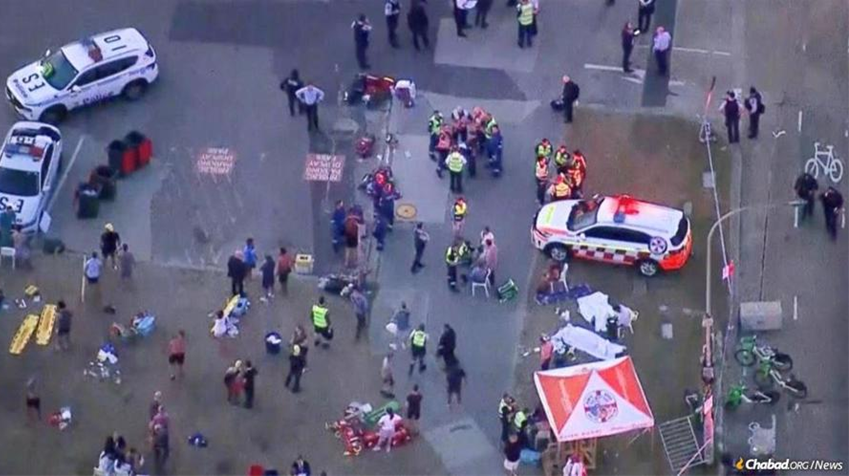Josef Mengele, the Nazi "Angel of Death". Credit: Reproduction
Argentina has released more than 1,850 documents concerning Nazi fugitives who arrived in the country after World War II.
Among the fugitives named in the documents is the "Angel of Death", Josef Mengele, a physician and SS officer — the Schutzstaffel, the Nazi protection squad — who conducted sadistic experiments on Jews and Roma at the Auschwitz concentration camp and participated in the selection of thousands of prisoners for execution in gas chambers.
Other fugitives cited include SS officer Walter Kutschmann; Adolf Eichmann, considered the architect of the Holocaust; and Gustav Franz Wagner, commander of the Sobibor concentration camp, among others.
Mengele and Wagner lived and died in Brazil. The “Angel of Death” lived for 18 years in Bertioga, on the coast of São Paulo, where he drowned. Wagner, known as the “Beast of Sobibor,” was found stabbed to death in Atibaia, a town about 50 kilometers from São Paulo.
The documents are organized into seven collections and were published on the website of the National General Archive (AGN). Although their secrecy had already been lifted in the 1990s due to Law 232 of 1992, the files had not yet been digitized.
“These records are the result of investigations conducted by the Directorate of Foreign Relations of the Federal Police, the State Intelligence Secretariat (SIDE), and the National Gendarmerie between the 1950s and 1980s,” reads the Argentine national archive's page.
‘Angel of Death’ Lived and Died in Brazil
One of the reasons Mengele is known as the Angel of Death is his role in selecting thousands of prisoners for execution in the gas chambers at concentration camps.
Mengele escaped justice at the end of World War II and arrived in Argentina on June 20, 1949, using a passport issued by the International Red Cross under the name Helmut Gregor.
In 1961, Mengele moved to Brazil. He lived in Bertioga, on the coast of São Paulo, where he drowned on February 7, 1979. He was buried under the name Wolfgang Gerhard in a cemetery in Embu.
In 1985, forensic experts identified the skeleton as Mengele's. In 1992, his identity was confirmed through DNA testing, which compared samples from his remains with those of his son Rolf.
Source: G1

































